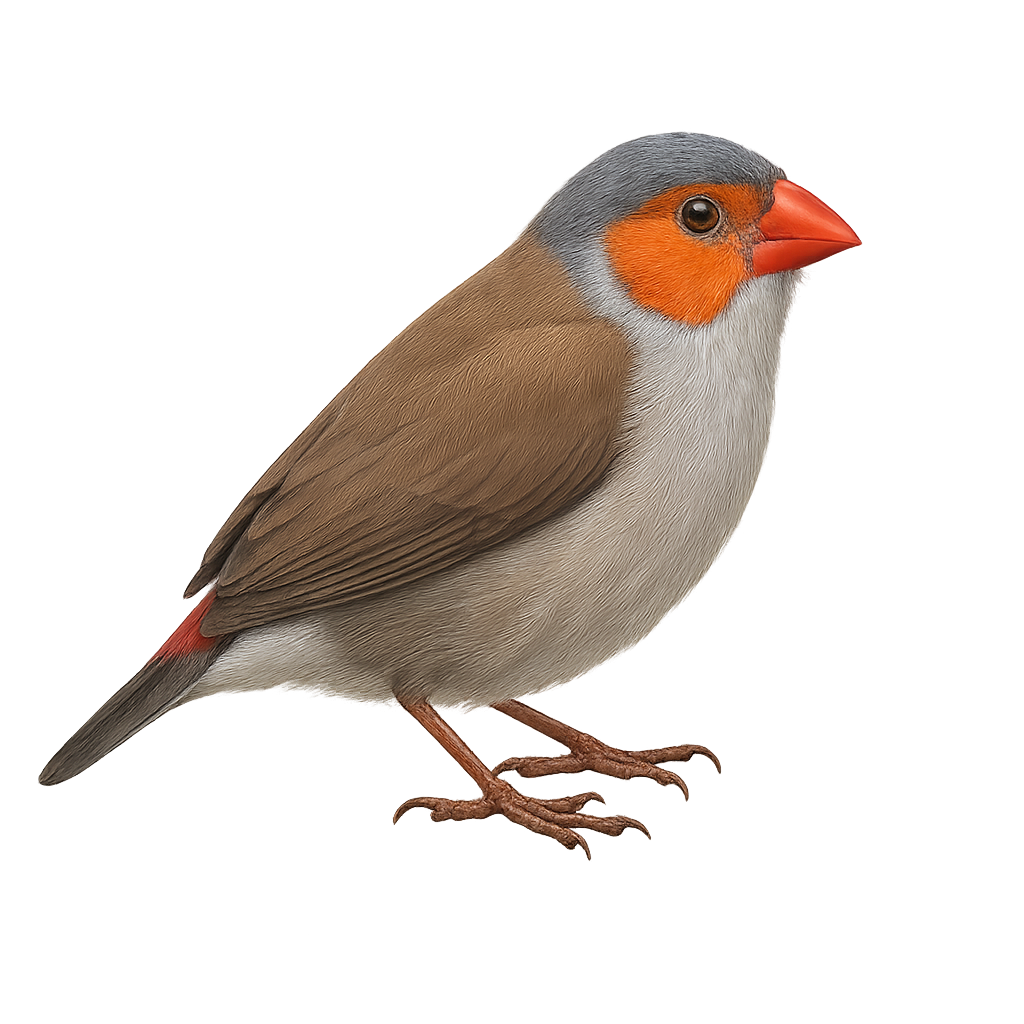Your wildlife photography guide.
Explore the orange-cheeked waxbill in detail, study its behavior, prepare your shots.
Where to observe and photograph the orange-cheeked waxbill in the wild
Learn where and when to spot the orange-cheeked waxbill in the wild, how to identify the species based on distinctive features, and what natural environments it inhabits. The WildlifePhotographer app offers tailored photography tips that reflect the orange-cheeked waxbill’s behavior, helping you capture better wildlife images. Explore the full species profile for key information including description, habitat, active periods, and approach techniques.
Orange-cheeked Waxbill
Scientific name: Estrilda melpoda

IUCN Status: Least Concern
Family: ESTRILDIDAE
Group: Birds
Sensitivity to human approach: Tolerant
Minimum approach distance: 5 m
Courtship display: August to December
Incubation: 11-13 jours
Hatchings: August to January
Habitat:
savannas, moist grasslands, cultivated areas
Activity period :
Primarily active during the day, with peak activity in the morning and late afternoon.
Identification and description:
The Orange-cheeked Waxbill is a small, colorful bird native to sub-Saharan Africa. It is easily recognized by its bright orange cheeks and grey-brown plumage. Measuring about 10 to 12 cm in length and weighing between 7 and 10 grams, this bird inhabits savannas, moist grasslands, and cultivated areas, feeding mainly on seeds and insects. It is a social species, often seen foraging on the ground in groups. Its breeding season varies by region, and it is known for building dome-shaped nests in dense bushes.
Recommended lens:
400 mm – adjust based on distance, desired framing (portrait or habitat), and approach conditions.
Photography tips:
To photograph the Orange-cheeked Waxbill, use a 400mm lens or longer to capture detailed shots without disturbing the bird. Look for groups in grasslands or cultivated areas, where they often forage on the ground. Early morning or late afternoon light is ideal to highlight the vibrant cheek colors. Be patient and discreet to observe their natural behavior.
The WildlifePhotographer App is coming soon!
Be the first to explore the best nature spots, track rutting seasons, log your observations, and observe more wildlife.
Already 1 432 wildlife lovers subscribed worldwide

